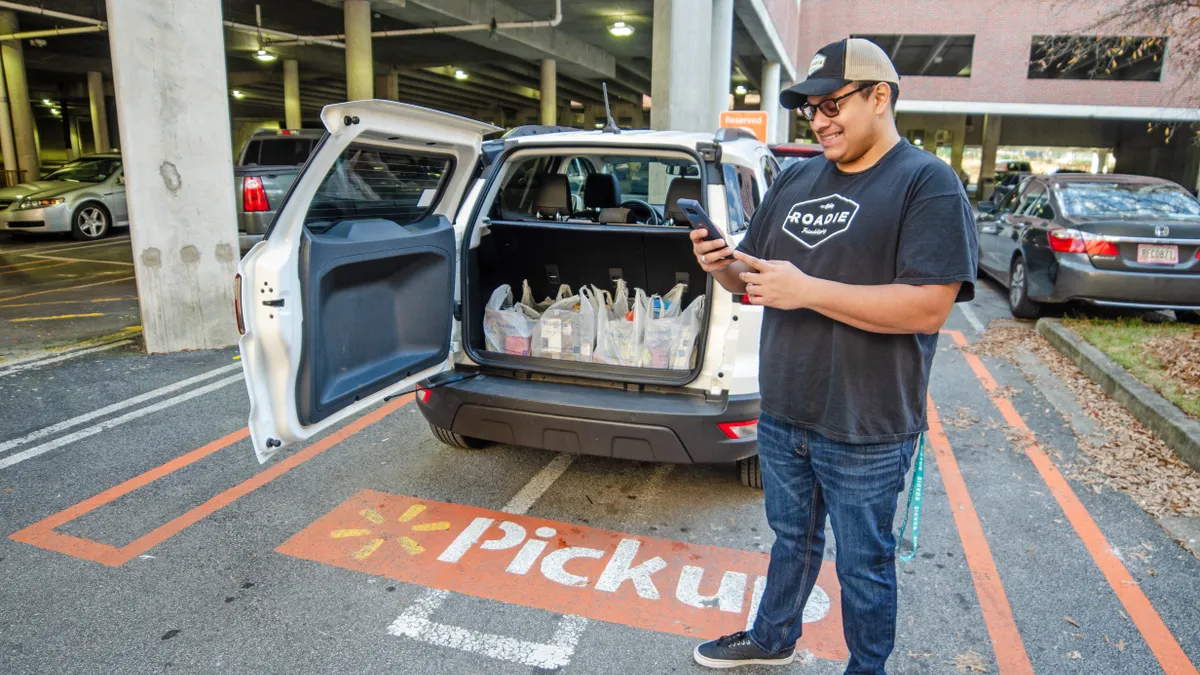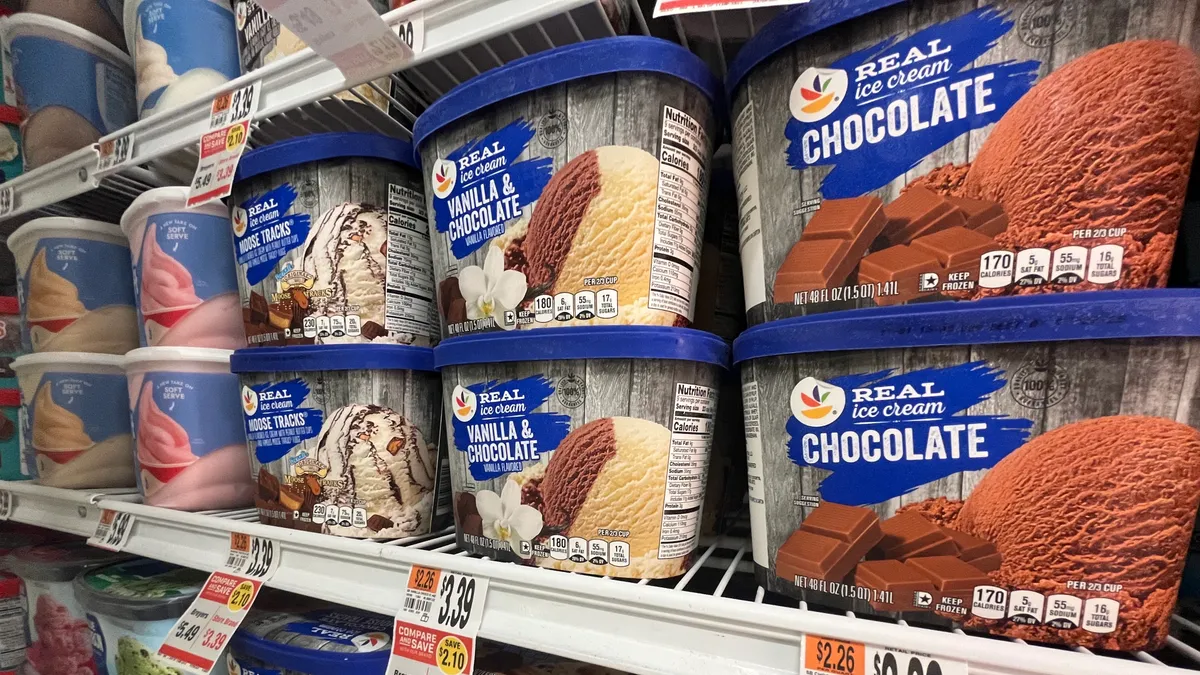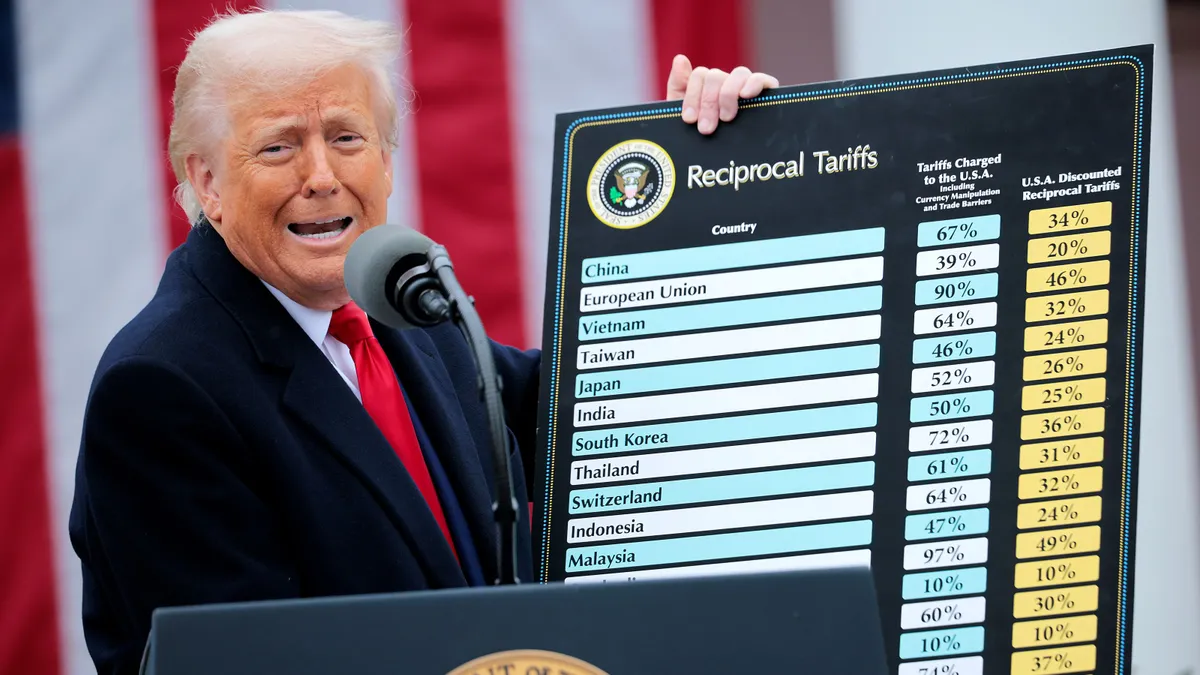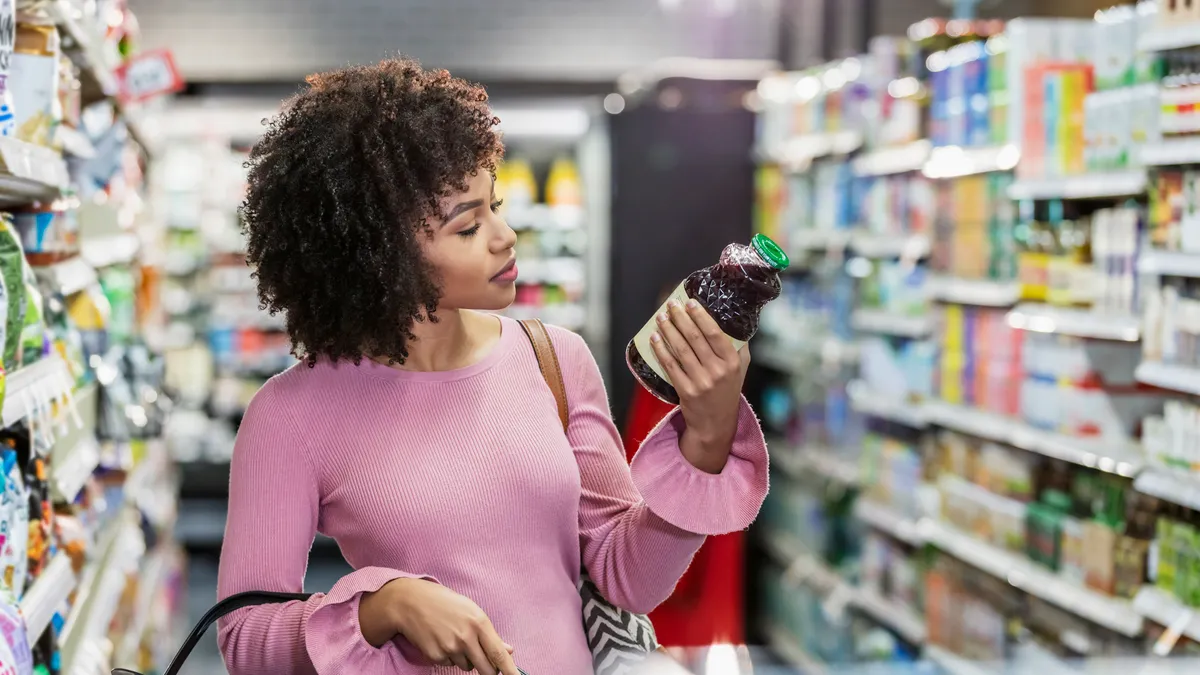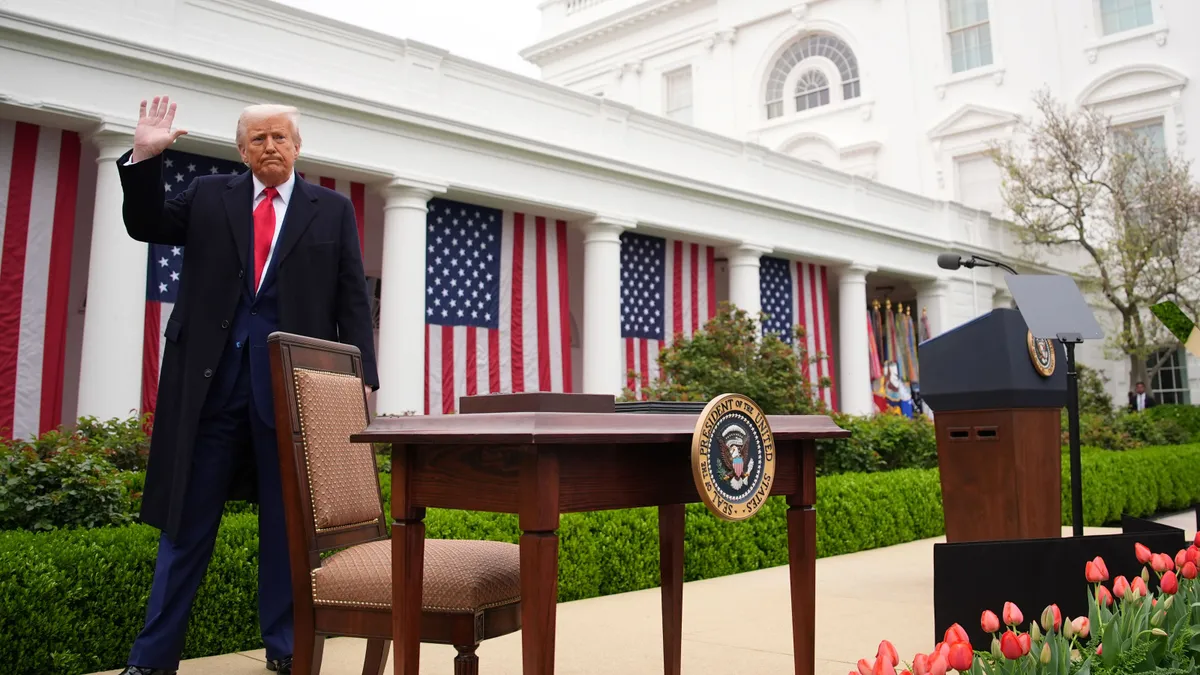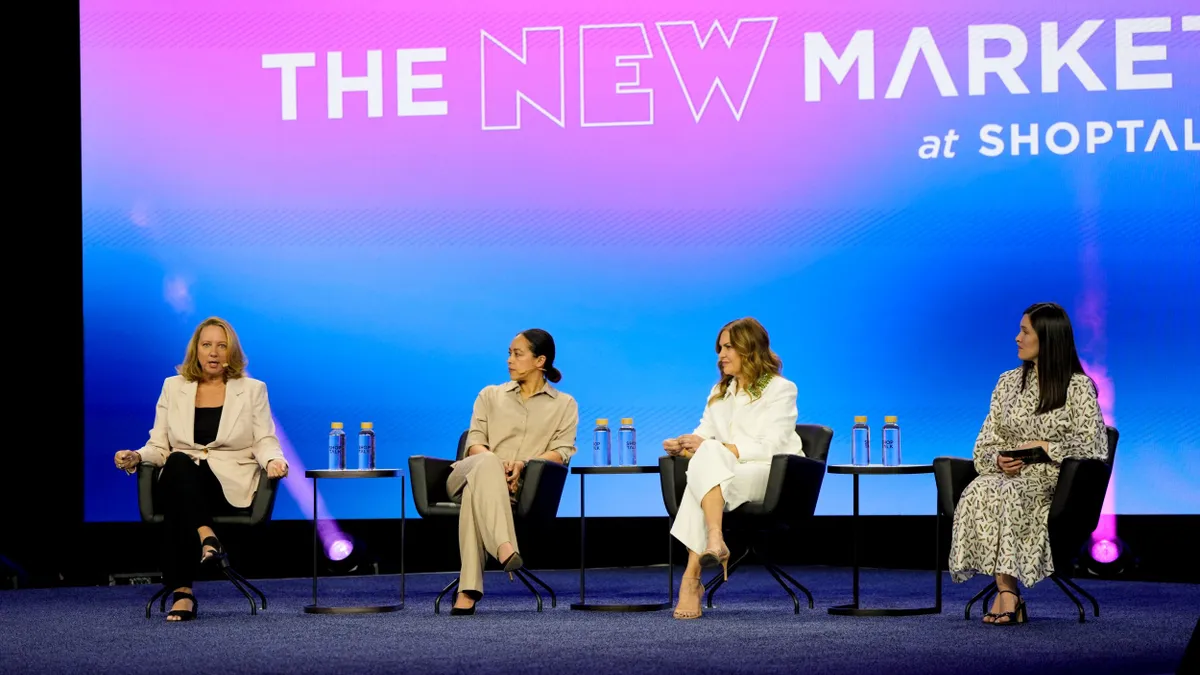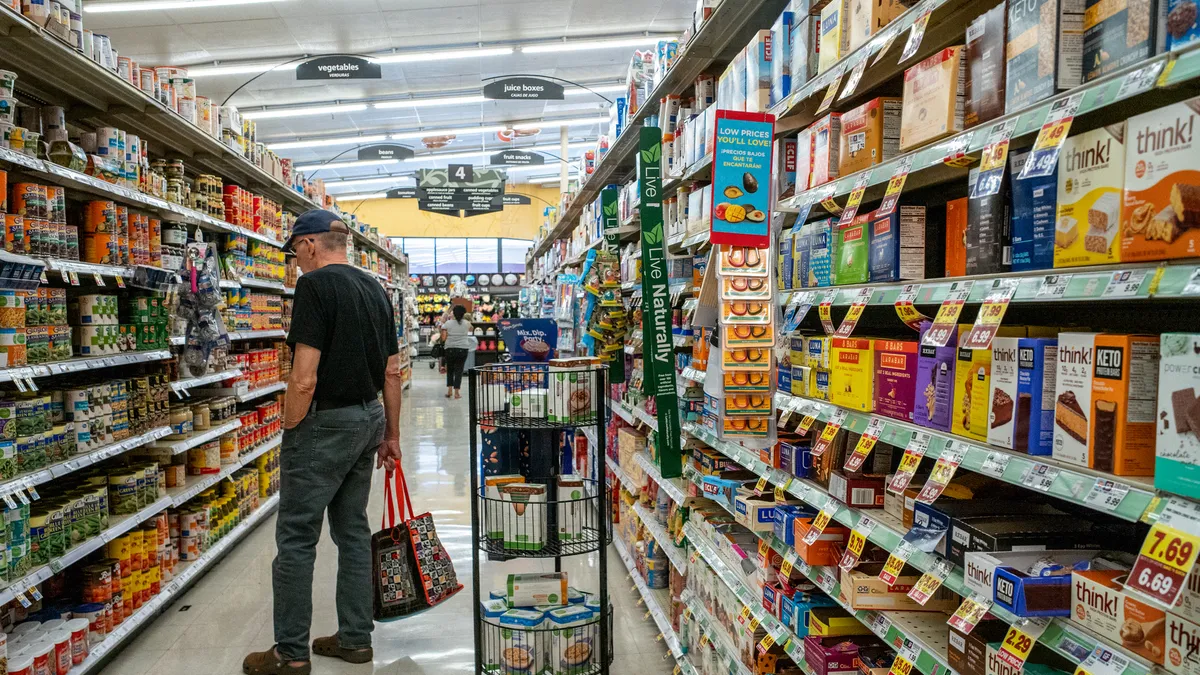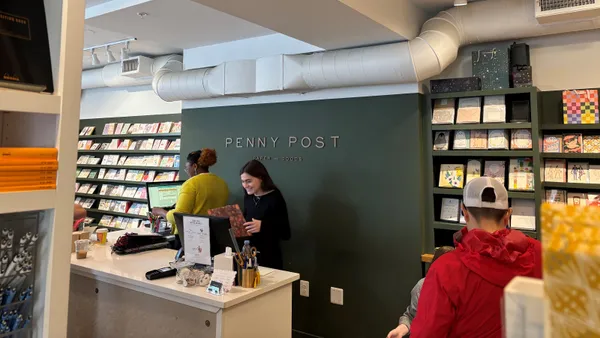After temporarily shutting their doors for months, many nonessential retailers have devised plans mapping out how they'll reopen. For some, this means a phased approach, which includes reducing store hours, limiting store traffic, implementing additional cleaning procedures and utilizing fulfillment services like curbside pickup. Though the latter has been around for years, the pandemic has created a surge in demand, from both retailers and consumers alike.
In a report from July 2019, Coresight Research said mass merchants were among the most popular retailers to offer buy online, pickup in-store services. Of the consumers surveyed that were already using BOPIS, about 50% said they did so at Walmart in the past year and 34% said Target. Consumers at the time said they used the service to avoid shipping costs (64%), get their goods faster (37%) or to access promotional offers or discounts (36%).
But with the onset of COVID-19, many consumers and retailers are using it to avoid contact within stores, or where mandates have forced nonessential businesses to temporarily shutter, to serve as a fulfillment option for online orders.
Bed Bath & Beyond has accelerated the rollout of BOPIS and contactless, curbside delivery. The home retailer said in April that it converted around 25% of its stores in the U.S. and Canada into regional fulfillment centers "almost doubling its digital fulfillment capacity" to support a rise in online sales, with plans to expand the service to at least 200 additional stores. Bed Bath & Beyond newly introduced curbside pickup at its Harmon banner during the pandemic.
Players like Dick's Sporting Goods and Hudson's Bay are also leaning into the service now more than ever, but retail giants aren't the only ones touting the option. Smaller companies like b8ta and Casper have launched curbside pickup this month as they transition to opening their stores gradually.
The integration of the service is answering a need from consumers. Adobe Analytics recently found that buy online, pickup in-store orders surged 208% in April from the year-ago period. A CommerceHub report emailed to Retail Dive also found that 59% of consumers are more likely to use curbside pickup following the coronavirus outbreak. And even when the pandemic subsides, 75% of consumers that subscribed to multiple delivery services, like Amazon Prime, said they would likely continue to opt for curbside delivery.
The discussion forum on RetailWire asked its BrainTrust panel of retail experts the following questions:
- Has curbside pickup become a bigger opportunity amid the pandemic or do you see it as a temporary solution for most retailers?
- What hurdles may the expansion of curbside pickup face?
Here are seven of the most insightful comments from the discussion. Comments have been edited by Retail Dive for length and clarity.
A win-win for retailers and consumers, alike
Neil Saunders, Managing Director, GlobalData: This is undoubtedly one of the trends that will stick post-virus. It is a win-win for consumers and retailers. From the shopper point of view, it is convenient and quick; from the retailer point of view, it is more cost-effective than delivering to home.
Target already had great success with its drive-up proposition before the crisis hit. More retailers now see those same benefits and will develop their own permanent propositions.
There is a hurdle of managing the volume at peak times, something even Target sometimes struggles with. You also need to have a suitable area for pickup to happen – preferably not right in front of the store entrance where customers are going in and out. Walmart has created separate areas for pickup which works well.
Curbside creates a higher level of convenience for shoppers
Ken Morris, Industry Thought Leader: Buy online and pickup at curb (BOPAC) is something consumers have fully embraced and will expect in the future. The service provides a higher level of convenience to the customer, the transaction can remain contactless; adding a level of safety many customers will expect and require. Retailers need to streamline the process with the use of beacons or license plate recognition, the customer experience can be streamlined to improve efficiency and eliminate customer wait times for BOPIS and BOPAC. Perhaps the store of the future is really an automated pick, pack and pickup facility leveraging micro-fulfillment instead of traditional point of sale.
The service is now a 'must have'
Lee Peterson, EVP Thought Leadership, Marketing, WD Partners: We did a study five years ago on BOPIS and we were shocked at the strength of the results. You can just multiply that by 10 now. It's no longer a "nice to have." Pickup at store (where the retailer puts the goods in the trunk, by the way) is now a "must have."
Curbside misses out on the discovery aspect of a physical store
Bob Phibbs, President/CEO, The Retail Doctor: When the government closes your store to browsing and requires only curbside delivery, I think it is safe to say this is why the uptick was so swift. To assume everyone will be doing this at a mall or major store misses the fundamental reason brick-and-mortar can be more profitable — discovery. If stores are reduced to nothing more than warehouses, it simply isn't sustainable or a competitive advantage. The merchandisers, salespeople, and the rest of staff can juice sales a heck of a lot more than people driving up like an A&W.
The service is here to stay after COVID-19 subsides
Camille Schuster, President, Global Collaborations, Inc.: Curbside pickup is much more convenient for the consumer than having to go into the store for pickup, especially if there are a number of bags. For those who like shopping online or are really short on time, curbside pickup is a very desirable option. It is not for everyone because some consumers still want to shop in the store and some will want delivery to their home. However, curbside pickup is even more desirable for those fearing theft of packages left at the door. I say the option of curbside pickup is here to stay.
The pandemic accelerated what was likely already going to happen
Gene Detroyer, Professor, International Business, Guizhou University of Finance & Economics; Executive Director, Global Commerce Education: Curbside pickup has always been a big opportunity. The difference is that the opportunity was going to evolve slowly. Perhaps maximizing in the next five to 10 years.
The pandemic situation has accelerated that quickly. While there will be a drop-off after the pandemic slows, the levels will stay very high. It will not surprise me if the post-pandemic levels are double that of the pre-pandemic levels.
As people are forced to try new things that they never imagined trying, they discover the positives in many of these new behaviors. In this case, the positives are large and focus on trends that customers value most these days — time and convenience.
Potential drop off in impulse purchases
Kevin Graff, President, Graff Retail: Retailers should be careful about "pushing" curbside pickup as an option. Some customers may like it, but the drop off in impulse sales makes this likely just another part of the race to the bottom. The brand experience, discovery, personal connection and more all disappear. Curbside pickup turns the store into just a warehouse. It may be a bedfellow retailers need to live with … but don't cozy up to it too much.



